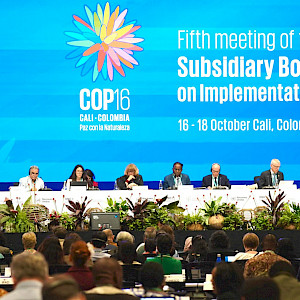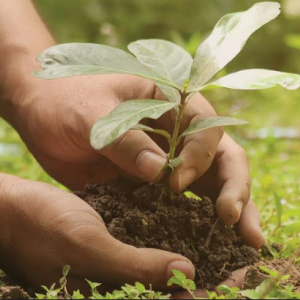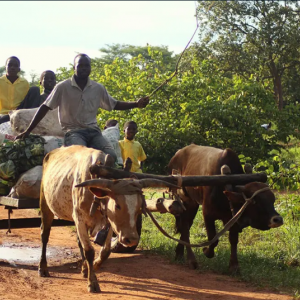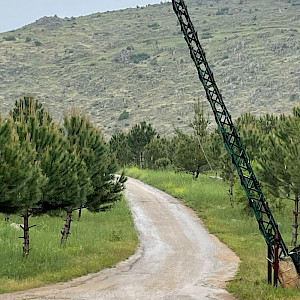In a reality with increasingly accentuated climate change and biodiversity loss, it is necessary to plan ways to mitigate problems and be part of the solution. In this sense, Forest and Landscape Restoration is at the center of the debate — whether to reverse degradation or to maintain sustainable livelihoods. FLR is defined as a process that aims to regain ecological functionality and enhance human well-being in deforested or degraded landscapes. It is not an end itself, but a way to regain, improve, and maintain vital ecological and social functions that, in the long-term, lead to more resilient and sustainable landscapes.
With this in mind, it is essential to remain connected to partners around the world so that we can continue to increase the numbers of champions of restoration, always encouraging high quality practices and disseminating ideas and solutions that can be expanded and scaled to various parts of the world, aiming for an increased impact.
GPFLR identified six principles to promote global guidance on restoration:
1) Focus on landscapes
2) Engage stakeholders and support participatory governance
3) Restore multiple functions for multiple benefits
4) Maintain and enhance natural forest ecosystems within landscapes
5) Tailor to the local context
6) Manage adaptively for long-term resilience.
We asked GPFLR members how they see the principles and what their organizations are doing in this regard. In the coming days, leading up to the CBD COP 16 in Cali, we will publish their viewpoints..
First principle, Focus on landscapes, states that FLR takes place within and across entire landscapes and not individual sites. These landscapes may include mosaics of interacting land uses and management practices under various tenure and governance systems. It is at this scale that ecological, social and economic priorities can be balanced.
“Because landscapes allow us to address the ecological, socio-cultural, economic, and political priorities on which biodiversity depends, they are well suited to implement the national biodiversity strategies and action plans and to achieve multiple global biodiversity targets more synergistically”, says Victoria Gutierrez, Head of Global Policy of Commonland.
A report published by CIFOR this month revealed that 6.37 million hectares were deforested in 2023. This raises an alarm about global commitments to reverse global deforestation and forest degradation by 2030. Implementing this first principle is a challenge, but it is not impossible, as there are many organizations that are working on this, such as We Forest.
“Since most ecological processes operate at the landscape level, focusing on this scale maximizes the positive impact of restoration. We focus on landscapes that have or had historically high natural forest and tree cover, aiming to conserve remaining natural forest or restore it where it has been lost or degraded. In some locations we’re reconnecting the remaining forest fragments by restoring green corridors or “stepping stones”, facilitating the migration of animals and plants.”, said Kenny Helsen, Head of M&E and Research, WeForest.
The benefits of forest restoration are diverse: mitigating climate change, improving soil and water quality, improving food security, economic gains, as well as social gains for the community. If you want to know more about how this principle is getting implemented around the world, please, visit our “news” page to read the stories about the transformation that can be done in the degraded areas and join us. Be part of the change.









